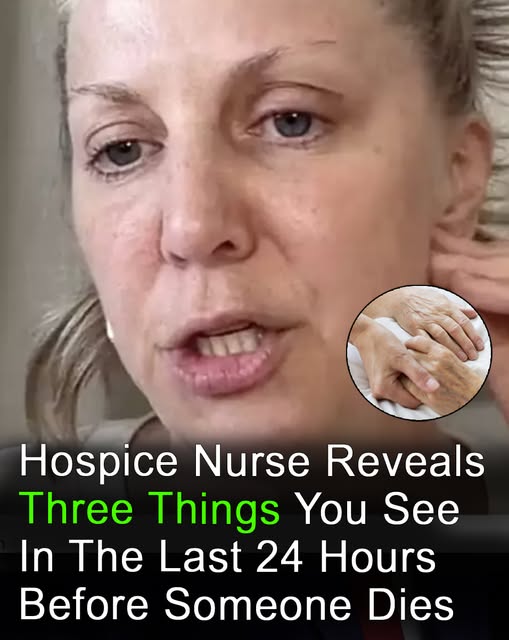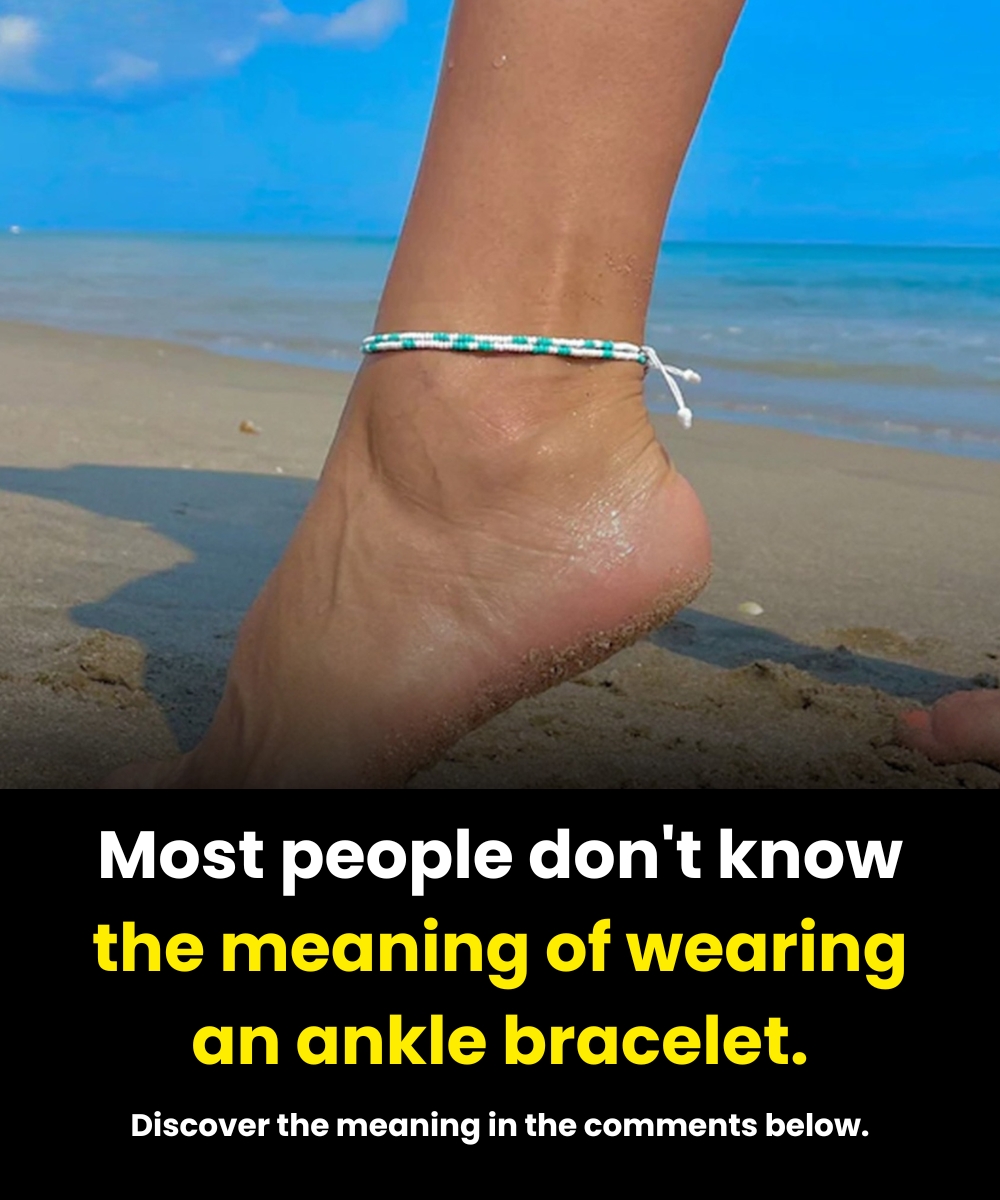Number two is so heartbreakingly true 😭
A hospice nurse has shared the most common signs she observes in the final 24 hours of a patient’s life—and says they’re often far less frightening than people imagine.
**Julie McFadden**, a California-based palliative care nurse known online as **Nurse Julie**, has spent **16 years** working in end-of-life care. With **1.7 million TikTok followers**, she’s become a trusted voice helping families understand what really happens as life nears its end. Her book, *Nothing to Fear: Demystifying Death to Live More Fully*, aims to remove the mystery and fear surrounding death.
Speaking on the *Dr Karan Explores* podcast, Julie explained that some patients seem to have remarkable control over when they pass. “I’ve literally had people say, ‘I’m dying tonight,’ and then they do,” she said, noting that many wait for meaningful events like a family visit or special date before letting go.
Julie outlined **three key signs** she sees most often when death is within 24 hours:
1. **The Death Rattle**
Perhaps the most unsettling for families, this sound occurs when a patient can no longer swallow or cough, causing fluid to collect in the throat. As air passes through, it creates a rattling or gurgling noise. Despite how distressing it may sound, Julie emphasizes it’s **not painful**—just a natural part of the body shutting down.
2. **Changes in Breathing**
Breathing becomes slower, irregular, or pauses for long stretches. In the final moments, patients may exhibit “agonal breathing”—short, gasping breaths. Julie reassures loved ones this is **not distressing** for the patient but rather a reflex as oxygen levels drop.
3. **The Death Stare**
In the last hours, patients may lie with **eyes and mouth open**, unresponsive, with a distant, fixed gaze. Though it can be emotional to witness, Julie says hearing is usually the **last sense to fade**, so loved ones’ voices remain comforting.
She stresses these signs aren’t universal—some pass quickly, others slowly—but understanding them helps families face death with **less fear and more peace**.





Post Comment